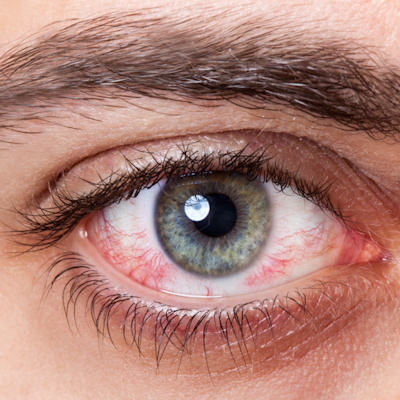September 1, 2022 -- A National Institutes of Health (NIH) surgical team implanted the first U.S. patient with a patch of tissue made from stem cells to treat advanced “dry” age-related macular degeneration (AMD). Also known as geographic atrophy, dry AMD is a leading cause of vision loss among older Americans and currently has no treatment, according to the NIH.
The clinical trial uses replacement tissues from patient-derived induced pluripotent stem (iPS) cells, developed by the Ocular and Stem Cell Translational Research Section team at NIH with support from Fujifilm Cellular Dynamics and Opsis Therapeutics. The clinical-grade manufacturing of the cell therapy was performed at NIH's Center for Cellular Engineering, Department of Transfusion Medicine, Clinical Center.
The culmination of 10 years of research and development, the patient's blood cells were converted to iPS cells, which were programmed to become retinal pigment epithelial (RPE) cells. RPE cells nourish and support light-sensing photoreceptors in the retina and in AMD, the loss of RPE leads to the loss of photoreceptors, causing vision loss.
Copyright © 2022 scienceboard.net








